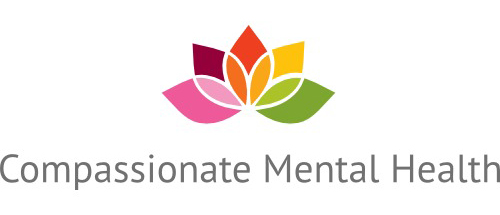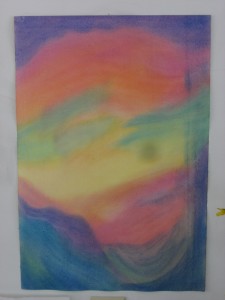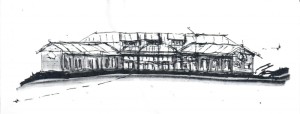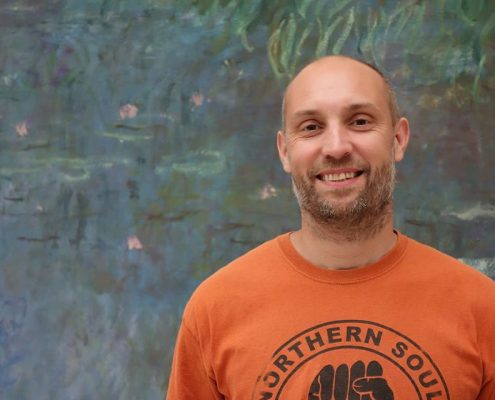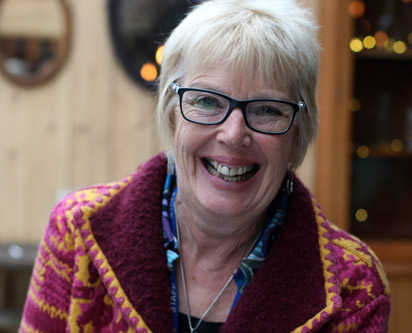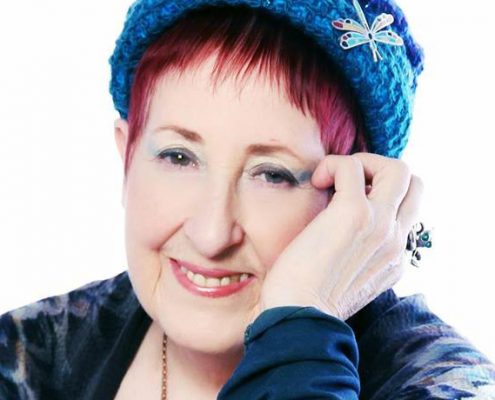Beatrice Birch
Beatrice Birch is the founder of Inner Fire – a residential therapeutic community in Vermont. People experiencing mental distress and addictions are known as “seekers”, and spend a year in an intense farm-based, artistic program that helps bring order back to their lives through various therapies, diet, work, and outdoor experiences.
Areas of interest
- Haushka Artistic Therapy
- Working with Clay
- Supporting people to come off meds safely
Beatrice Birch began her career as a teacher in an inner-city Steiner Waldorf School in Bristol, England in 1975. Deeply inspired by the healing and artistic aspects of Waldorf Education, she went on to complete the three-year Hauschka Artistic Therapy training in Gloucestershire, England. She has since worked as a therapist and consultant in multiple capacities over the past 35 years, throughout the United States, England, Holland, and Taiwan.
Beatrice has worked in Anthroposophical medical practices with both adults and children struggling with a variety of conditions, including addiction and other psychological challenges. Since 2005, Beatrice has been working with men in prisons using artistic therapy, and she has been a regular facilitator of the Alternatives to Violence Project (AVP). Her passion for nurturing the creative and healing impulse within everyone led her to co-found Inner Fire, where she focuses on her work as a therapist and guide. At Inner Fire in Brookline, adults experiencing mental distress and addictions spend a year in an intense farm-based, artistic program that helps bring order back to their lives through various therapies, diet, work, and outdoor experiences.
“Inner Fire is all about choice,” Beatrice Birch says. “It’s a community for people recovering from debilitating traumatic experiences without the use of psychotropic drugs.”
The key, she explains, is rhythm and order: “You can’t create inner order if your outer life is chaotic. Everyone has a schedule. Everything is therapeutic. When you garden, for example, you tend something and nurture it and create beauty. Food feeds the body but beauty feeds the soul.” It is the soul that is out of balance when a person is dealing with mental illness, abuse, trauma, and addiction, she says.
Inner Fire’s six patients, or seekers, as they’re called here, are working their way through a yearlong day program that began in September. Their day begins at 7 a.m. and ends at 8:30 p.m. Depending on the season, they work in the gardens and forests on the property. They cook, using all local and organic food, and tend to housekeeping chores — “learning how to take care of their shelter,” Birch says.
After a rest, during which time the seekers receive liver compresses, they participate in group counseling and one-on-one sessions that include art therapy.
The arts, central to the healing process for the seekers at Inner Fire, include music, spacial dynamics, eurythmy, speech arts, and biographical work. Birch, who has been working in Europe and the United States with Hauschka Artistic Therapy for more than 30 years, explains the art therapy is a non-analytic, proactive process that works with the relationships between the individual’s body and soul. She says her experience enables her to recognize the needs of the individual in relation to the medium that would be most supportive in their journey of healing.
Typical media used here are watercolors, clay, pastel, and charcoal. They help rebuild a life.
“I meet people here as creators, not victims. But you have to honor that they can feel a victim because of various traumas. When you can claim that trauma is an opportunity for growth, then one can feel ‘I am a creator,’” Birch explains.
After conversation and consultation, Birch determines which medium is most appropriate. She says that for someone who has “lost their center, I would lean toward clay or pastel. Fingers and thumbs are tools to mold: it brings consciousness to your fingertips and is very grounding. Clay offers some resistance. You can begin to strengthen your will.”
